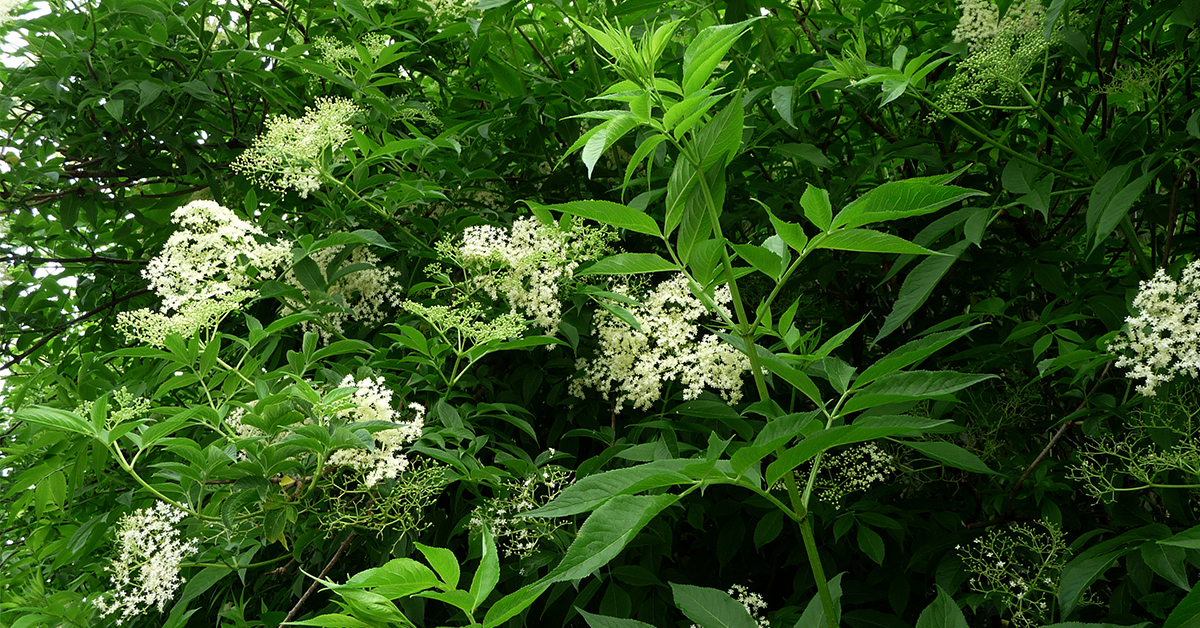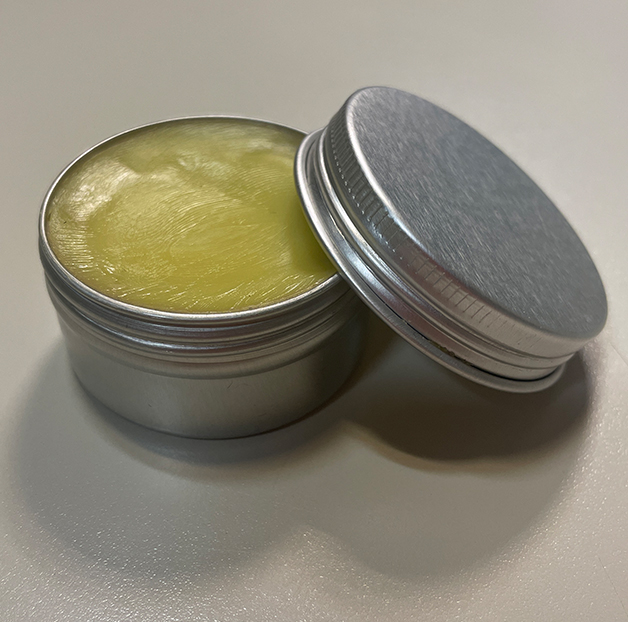Basque ethnography at a glance
The elder (intsusa) is one of the most cited plants in the writings on traditional medicine in Europe. It is deciduous shrub that can reach a height of between two and seven metres, and whose botanical name is Sanbucus nigra.
The elder has a strong and rather unpleasant smell, and has a trait that is rather unusual in the plant kingdom: its branches have a creamy-white pithy tissue that can removed relatively easily. That leaves a hollow pipe that can be used for different purposes: blowpipes as weapons or to start and stoke fires, a bong or pipe for smoking, or as a flute or whistle. Until relatively recently, youngsters would enjoy making and playing the musical instrument; they would remove the pith from the elder branch, make a hold on the side and cover the other one using cigarette rolling paper. This small flute is known as flota in Elosua (Gipuzkoa) and tulurte in the Larraun Valley (Navarra).
As already noted, the Sambucus nigra has been used for medicinal purposes (also for livestock) for centuries. The flowers, berries and leaves, which contain different chemical components with many therapeutic properties, are the parts mainly used for healing.
Elder leaves (intsusa-ostoa) have here been traditionally used to reduce swelling by applying them to the injury. A cure for anthrax (zuldarra) was to remove the bark from the elder and put it in the urine of the patient; it was then rubbed on the affected skin. Sore throats and colds were treated by inhaling (lurriñak) elderflowers in steaming water, although they were sometimes burned and the smoke inhaled. Another cold cure was a bath in a tub with hot water and a handful of elderflowers. In Carranza, when babies had colic, a handful of elderflowers gathered in the early morning of St. John’s Day was burnt and used to heat the child’s nappies. The baby was then swaddled or wrapped in them and that helped ease the pain.
Ointments are perhaps the most common and important product obtained from the elder. The cream is very effective for skin burns, as it smooths the pain and stops blisters appearing, and for other conditions (bites, nettle rash…). In the Almike neighbourhood (Bermeo), the cream was known as Madariaga ointment (Madariako botikea), as that was the name of one of the farmsteads where it was made. This is how to make elder ointment:
Elder branches should be collected at the end of spring or early summer, when they are still young and green. Preferably under a crescent moon, as the belief is that the pull of the Moon not only causes tides, but also the sap to rise at that time.
The leaves are pulled off and twigs with green bark are use and cut into small pieces. They are then placed in a pan with olive oil over a low heat to extract its main active ingredients. When the pieces of bark are very soft and withered, the pan is taken off the heat and the mixture sieved to collect the hot oil. The oil is carefully gradually added to a metal container with pieces of virgin beeswax (argizaia); it is then stirred until the wax melts and is mixed with the oil. The hardened product should be creamy. If it is too hard, more hot oil is added, and if too runny, more wax is needed. It is easy to use as the ointment is just applied to and spread over the affected area.
The approximate proportions of the ingredients are a soup dish of green elder bark (around 200 grams), a litre of olive oil and 300 grammes of pure beeswax.
Zuriñe Goitia – Anthropologist



